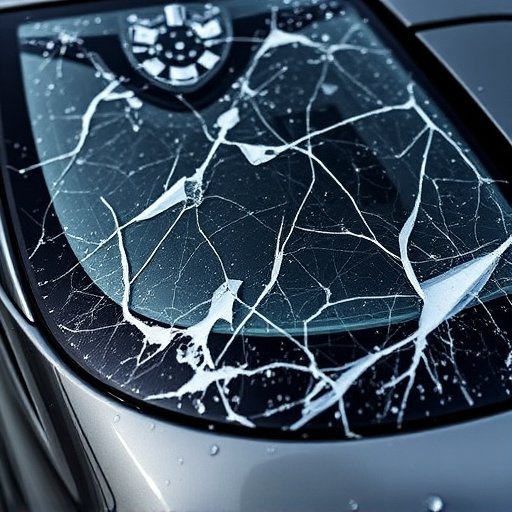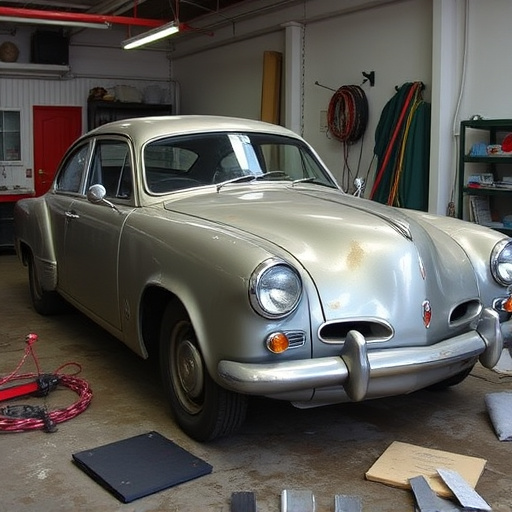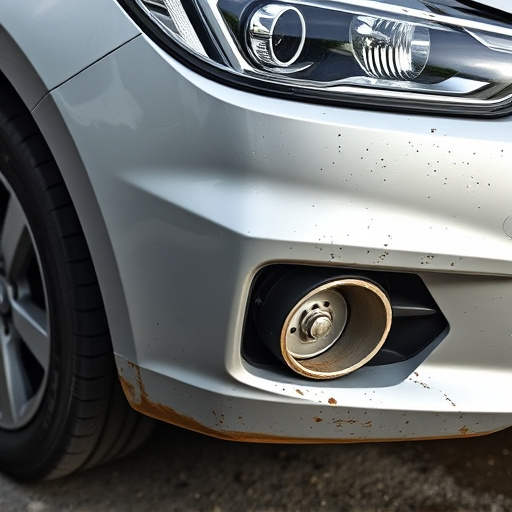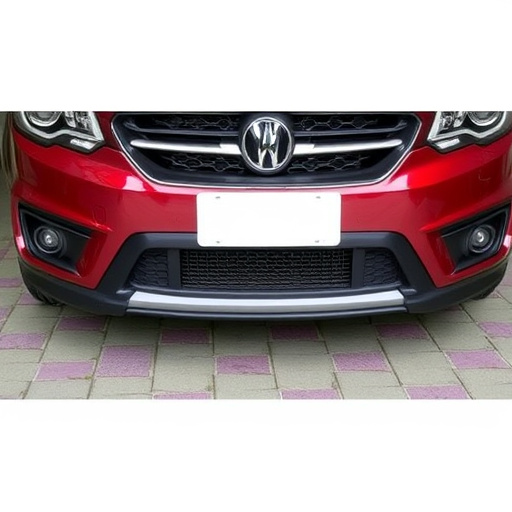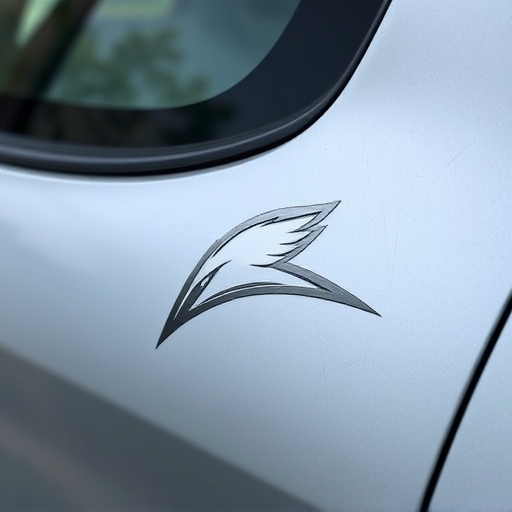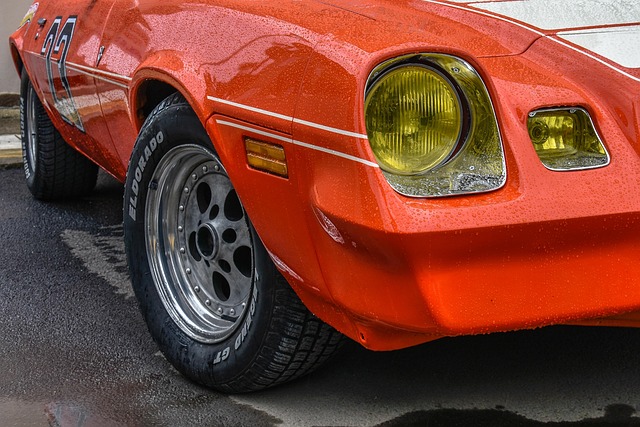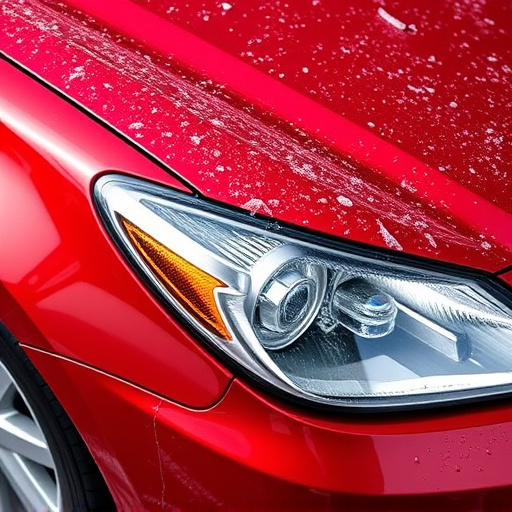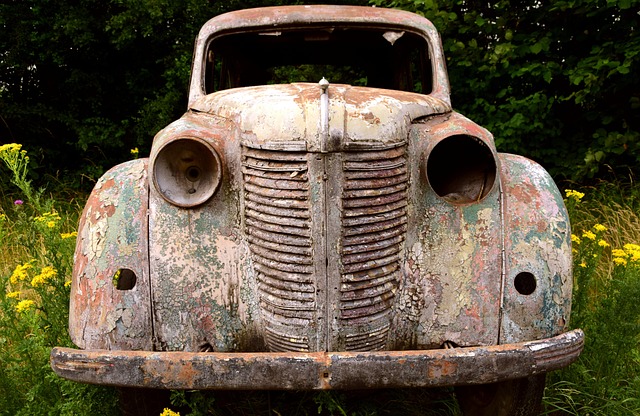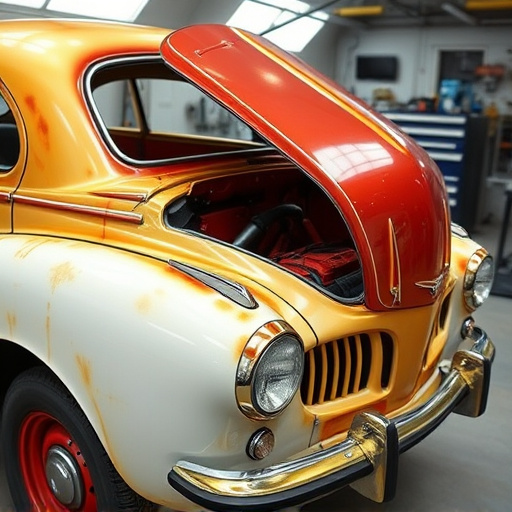Post-repair safety inspections are crucial for ensuring vehicles are safe to operate after repairs or restoration. This rigorous process involves visual assessments and diagnostic tests to check structural integrity, mechanical systems, and critical safety features. By identifying potential hazards missed during repairs, these inspections enhance driver and passenger safety, prevent future accidents, extend vehicle lifespan, and save lives on the road. They are a vital aspect of auto body restoration, ensuring vehicles leave collision repair shops in safe, drivable condition while adhering to industry standards.
Post-repair safety inspections are vital in preventing future accidents and ensuring sustained safety standards. These thorough checks, conducted after maintenance or repair work, identify potential risks that might have been overlooked. By focusing on critical components, these inspections safeguard individuals, property, and equipment. This article delves into the significance of post-repair safety inspection, outlining its key elements and the profound impact it has in accident prevention.
- Understanding Post-Repair Safety Inspection: Why It's Essential
- Key Components of a Comprehensive Post-Repair Safety Check
- The Impact: How Inspections Prevent Future Accidents and Maintain Safety Standards
Understanding Post-Repair Safety Inspection: Why It's Essential

Post-repair safety inspection is a critical process that ensures vehicles are safe to operate after undergoing repair or restoration. It involves a thorough examination of various components, including structural integrity, mechanical systems, and safety features like brakes, lights, and airbags. This meticulous evaluation goes beyond visual checks; it often includes diagnostic tests and dynamic trials to verify the vehicle’s performance under different conditions.
Regular post-repair safety inspections are essential for several reasons. They identify potential hazards that might have been missed during the repair process, ensuring driver and passenger safety. In the case of auto body restoration or car paint services, these inspections can uncover issues related to panel alignment, paint quality, and structural integrity. By addressing these problems early, future accidents are prevented, extending the vehicle’s lifespan and saving lives on the road.
Key Components of a Comprehensive Post-Repair Safety Check
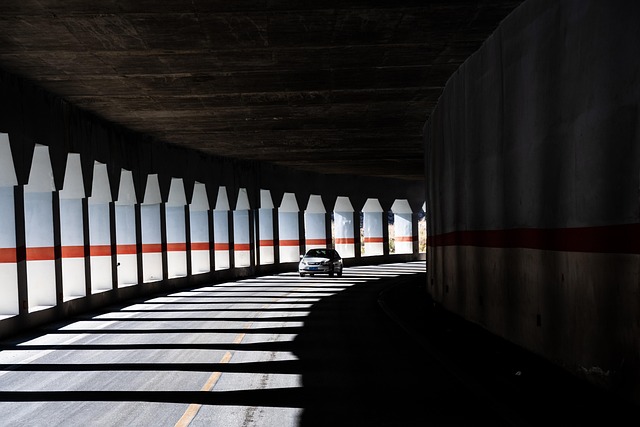
A thorough post-repair safety inspection is an indispensable step in any auto body restoration process. It involves a meticulous evaluation of various components to ensure the vehicle meets safety standards and performs optimally on the road. This check includes examining critical areas such as structural integrity, brake systems, lighting fixtures, tires, and fluid levels. Technicians use specialized tools and their expertise to detect even the slightest discrepancies, ensuring every part is in working order after repairs or modifications.
During this inspection, attention is also given to the vehicle’s bodywork, focusing on alignment, paint quality, and the overall aesthetic appeal. By checking these key components, professionals can identify potential issues that might have been overlooked during the repair process. This proactive approach not only guarantees customer satisfaction but also plays a pivotal role in preventing future accidents by addressing safety concerns before vehicles hit the road again.
The Impact: How Inspections Prevent Future Accidents and Maintain Safety Standards

Post-repair safety inspections play a pivotal role in preventing future accidents and maintaining rigorous safety standards within collision repair shops. By meticulously examining every detail of the auto frame repair or car dent repair process, these inspections ensure that vehicles leave the shop in safe, drivable condition. Any latent issues or potential hazards identified during the inspection are promptly addressed, minimizing the risk of subsequent collisions or further damage.
Through regular post-repair safety checks, collision repair shops can guarantee not only the quality of their work but also the well-being of drivers on the road. This proactive approach fosters a culture of safety and helps to maintain industry standards, ensuring that every vehicle repaired meets the highest safety criteria.
Post-repair safety inspections are an indispensable step in ensuring sustained safety standards and preventing future accidents. By thoroughly examining repaired equipment or facilities, these inspections identify potential risks that may have been overlooked during initial repairs. This proactive approach not only safeguards individuals and assets but also fosters a culture of continuous improvement within maintenance practices. Embracing post-repair safety inspection as a standard protocol is vital for organizations aiming to maintain high safety levels and uphold their commitment to accident prevention.
